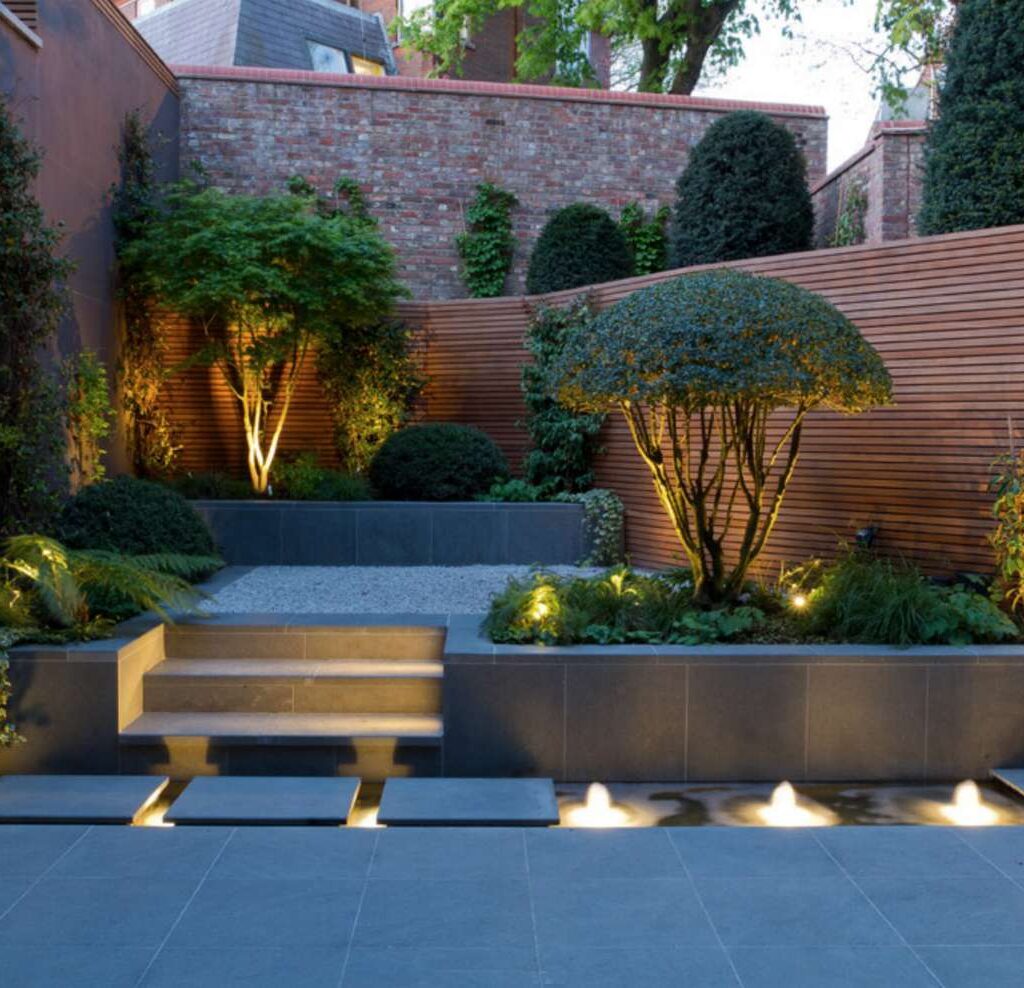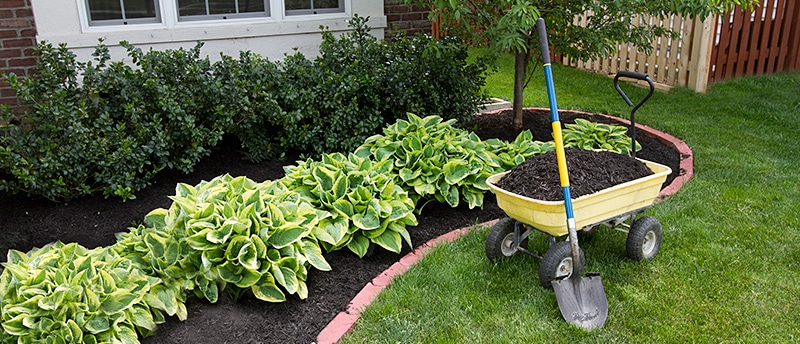Best Tree Landscaping Ideas
Tree landscaping can transform an ordinary yard into an extraordinary outdoor haven. Whether you’re working with a sprawling garden or a modest backyard, the right trees can add beauty, privacy, and even functional benefits to your space. In this guide, we’ll explore a variety of tree landscaping ideas to inspire your next garden project.
Grasping the Significance of Trees in Landscape Design
Aesthetic Appeal
Trees are more than just green accents; they bring a natural beauty that enhances the overall look of your yard. With their varying shapes, sizes, and colors, they can serve as focal points or background elements in your landscape design.
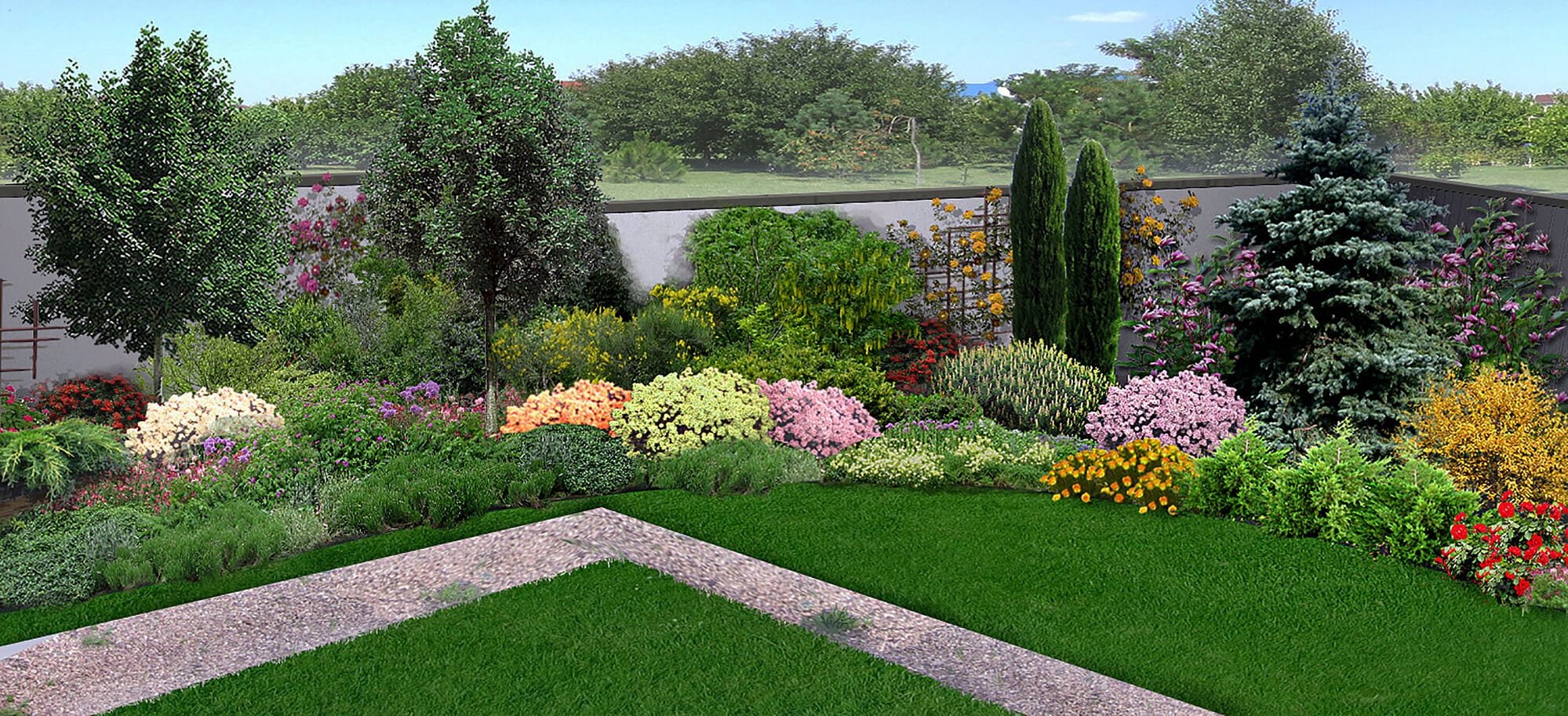
Environmental Benefits
Trees contribute significantly to the environment. They improve air quality, provide shade, and help with soil erosion. By planting trees, you’re not only beautifying your space but also making a positive impact on the environment.
Functional Uses
Trees can offer practical benefits like privacy screens, windbreaks, and noise reduction. Choosing the right species for these functions can make your outdoor area more enjoyable and functional.
Choosing the Right Trees for Your Landscape
Assessing Your Space
Before selecting trees, evaluate your garden’s size, soil type, and sunlight conditions. Different trees thrive in different environments, so it’s essential to match the right tree to your landscape.
Considering Tree Size and Growth
Think about how large the trees will grow and how they will fit into your design. Large trees provide more shade and can be impressive focal points, while smaller trees are great for more compact spaces.
Seasonal Interest
Select trees that offer year-round interest. Some trees provide beautiful blooms in spring, vibrant foliage in autumn, and interesting bark or structure during winter.
Top Tree Landscaping Ideas
Creating a Shade Garden
Selecting Shade Trees
Shade trees like oaks, maples, and willows are perfect for creating a cool, comfortable garden space. Their dense canopies provide relief from the sun and create a serene atmosphere.
Layering Plants
Combine shade trees with understory plants like Hostas and ferns to enhance the area underneath the trees. This creates a lush, multi-dimensional garden.
Designing a Privacy Screen
Choosing Privacy Trees
Evergreen trees such as arborvitae, junipers, and cypress make excellent privacy screens. Their dense foliage forms a barrier that blocks views and provides a sense of seclusion.
Creating a Layered Screen
For added privacy, plant a mix of trees and shrubs in layers. This method not only improves privacy but also introduces a touch of visual appeal.
Incorporating Flowering Trees
Choosing Blooming Varieties
Flowering trees like cherry blossoms, dogwoods, and magnolias add vibrant colors and scents to your garden. They make great focal points and enhance seasonal beauty.
Planting in Clusters
Group flowering trees together to create a striking visual impact. Planting in clusters allows you to maximize the effect of their blooms.
Adding Fruit Trees
Selecting Fruit Trees
Fruit trees such as apple, peach, and cherry not only provide delicious produce but also add beauty to your garden. Their blossoms are charming, and the fruit can be a rewarding harvest.
Integrating into Garden Design
Incorporate fruit trees into your landscape design by placing them in strategic locations where they can be both functional and visually appealing.
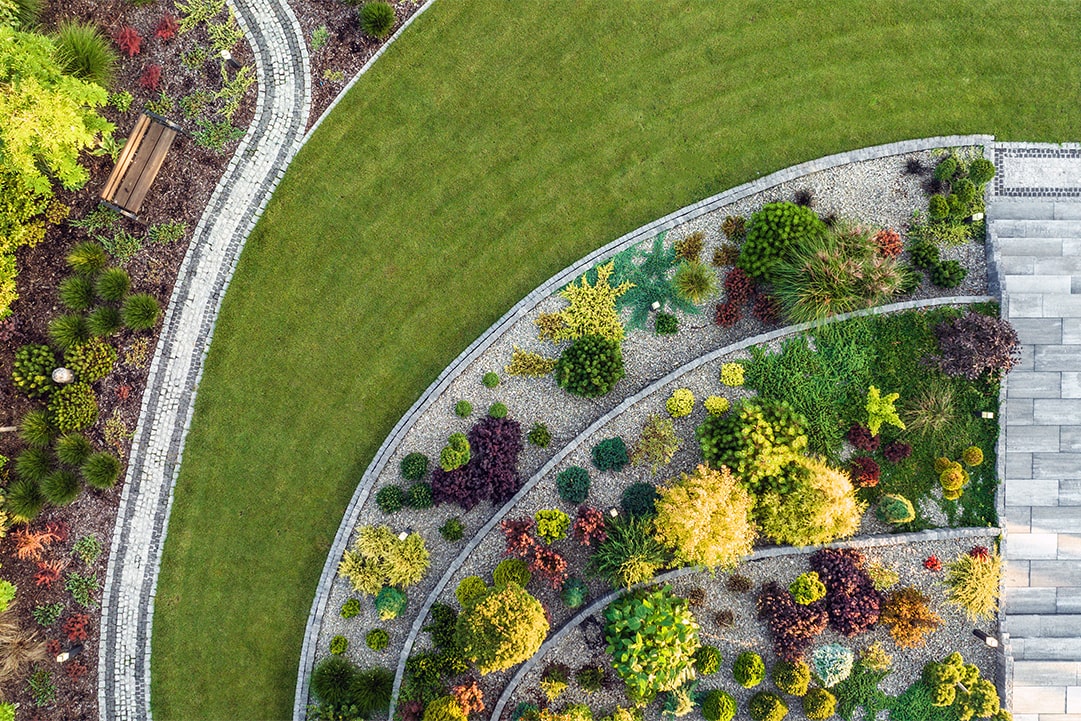
Creating a Woodland Garden
Selecting Woodland Trees
Trees like birches, maples, and pines can create a natural woodland setting. This type of garden is ideal for larger spaces and provides a tranquil, forest-like atmosphere.
Adding Ground Covers
Complement woodland trees with ground covers such as ivy, hostas, and wildflowers to complete the natural look and feel of your garden.
Designing with Ornamental Trees
Choosing Ornamental Varieties
Ornamental trees like Japanese maples, flowering dogwoods, and redbuds offer unique shapes, colors, and textures. They are perfect for adding visual interest and character to your landscape.
Strategic Placement
Place ornamental trees in prominent spots where they can serve as focal points or decorative accents in your garden.
Maintenance Tips for Tree Landscaping
Regular Pruning
Keep your trees healthy and attractive with regular pruning. This helps maintain their shape, remove dead branches, and encourage new growth.
Proper Watering
Ensure your trees receive adequate water, especially during dry periods. Proper watering is crucial for their health and growth.
Mulching and Fertilizing
Apply mulch to keep soil moist and minimize weed growth. Fertilize your trees as needed to provide essential nutrients for their development.
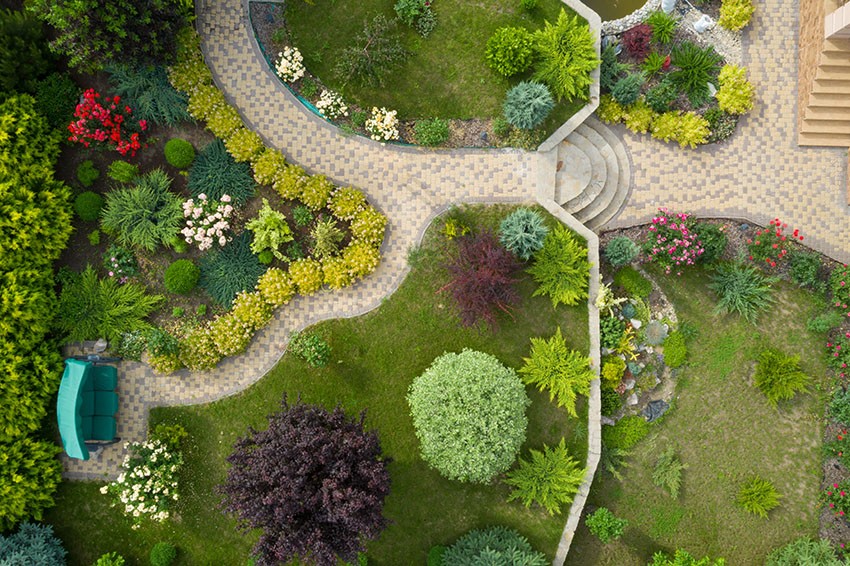
Conclusion
Incorporating trees into your landscaping not only enhances the beauty of your garden but also offers numerous practical benefits. From creating shade and privacy to adding seasonal interest and environmental value, the right trees can transform your outdoor space into a personal paradise. By selecting the appropriate species and following proper maintenance practices, you can enjoy a lush, vibrant landscape for years to come.
